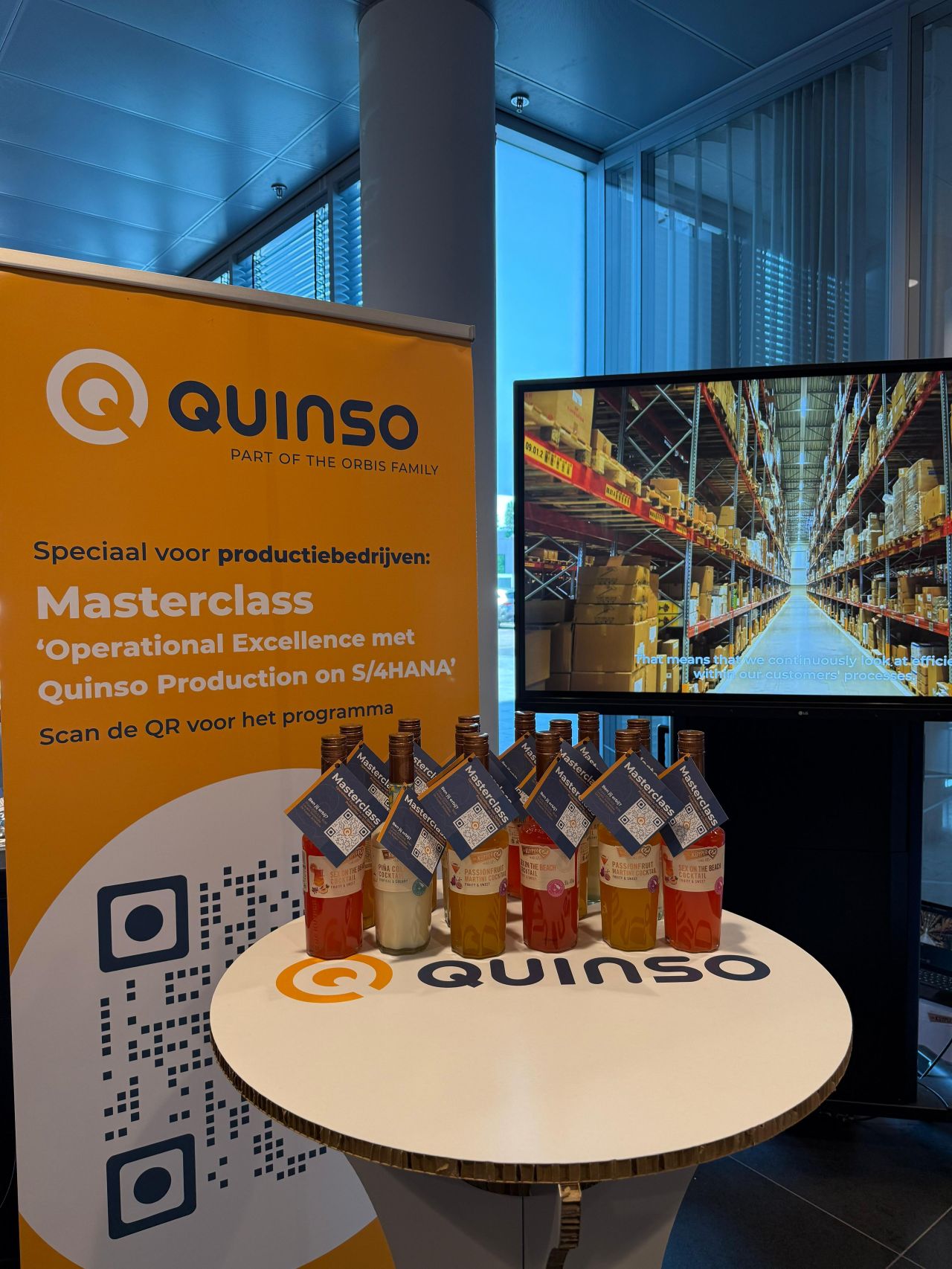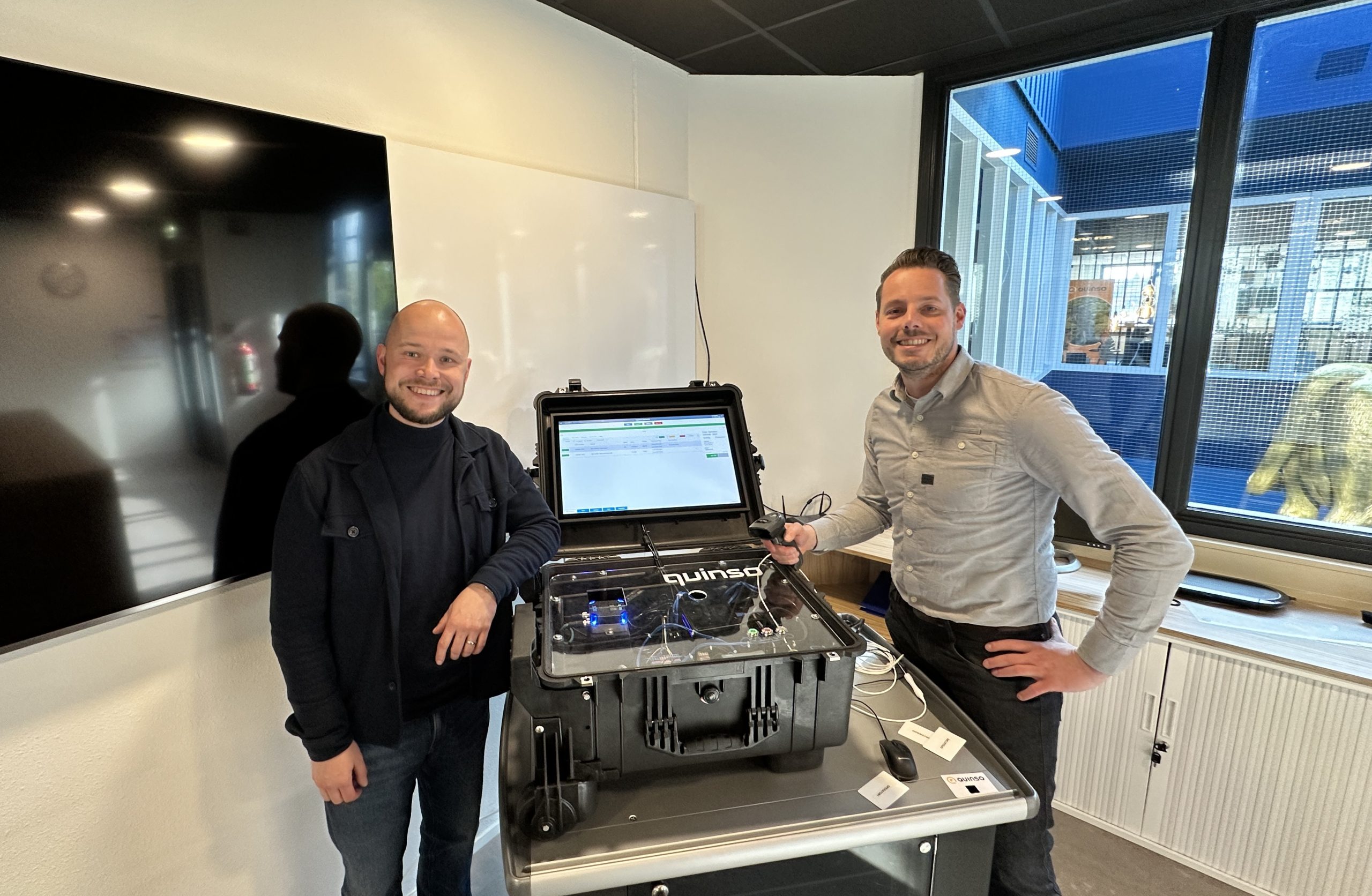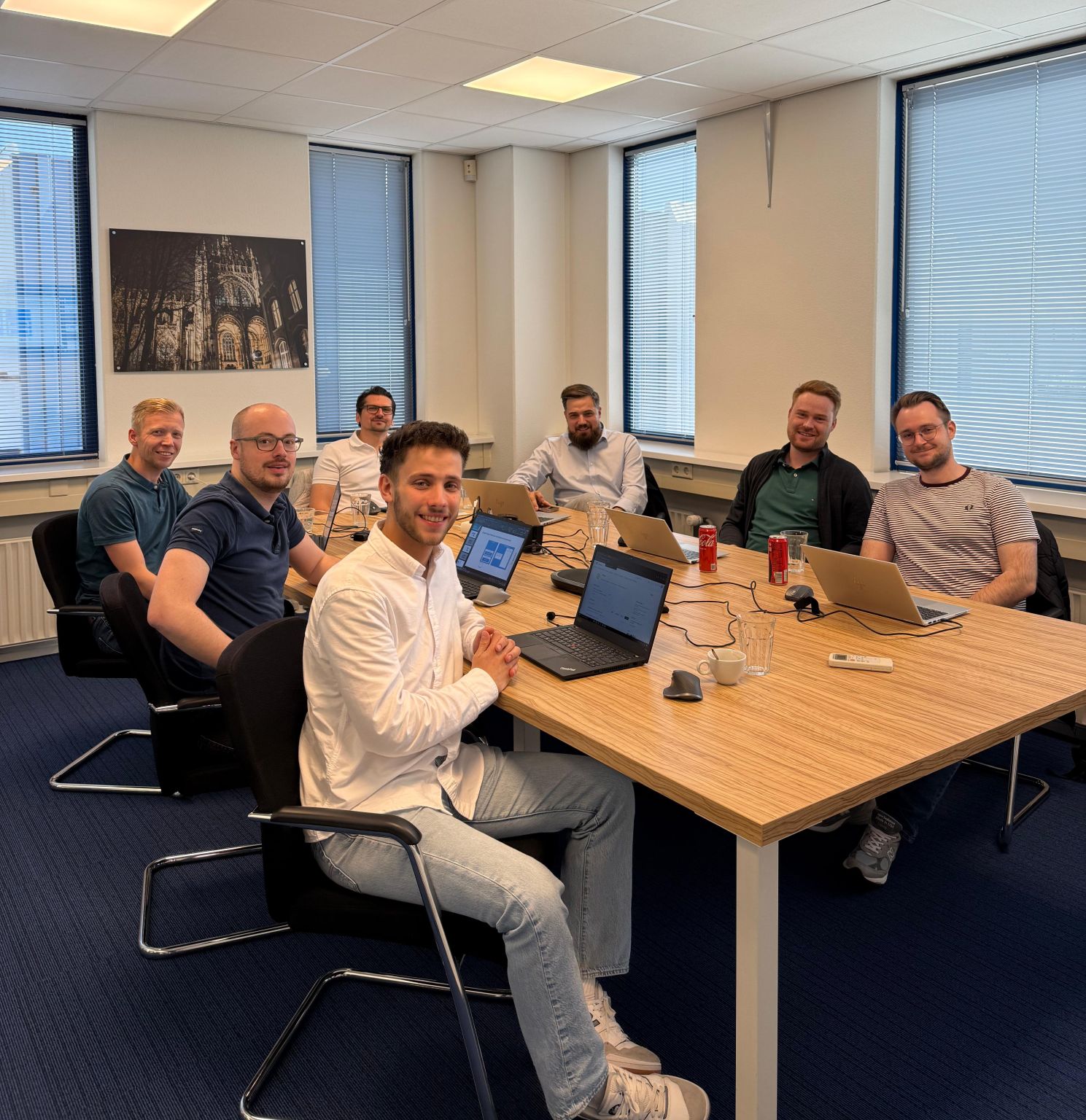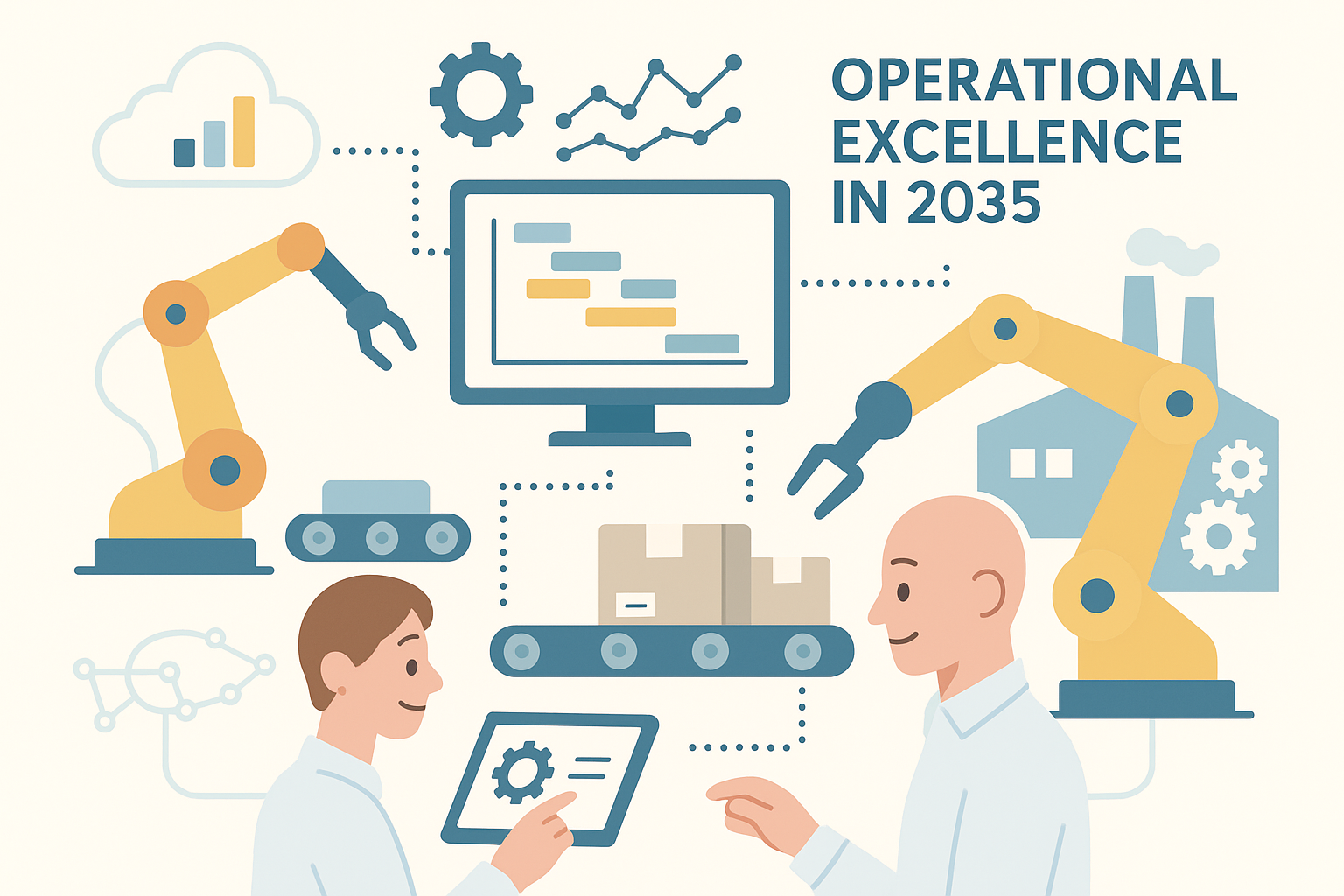Augmented Reality (AR). We all read about it, but actually applying it in the organization is often still a bridge too far. So we decided to take our lead at Quinso and dive into this topic. Together with our partner TWNKLS, we developed an application that brings AR to the workplace. In this blog, I share my honest findings. What is it like to get into this as a “rookie”? Is AR complicated? And is it really useful in the factory and for the manufacturing and wholesale industries?
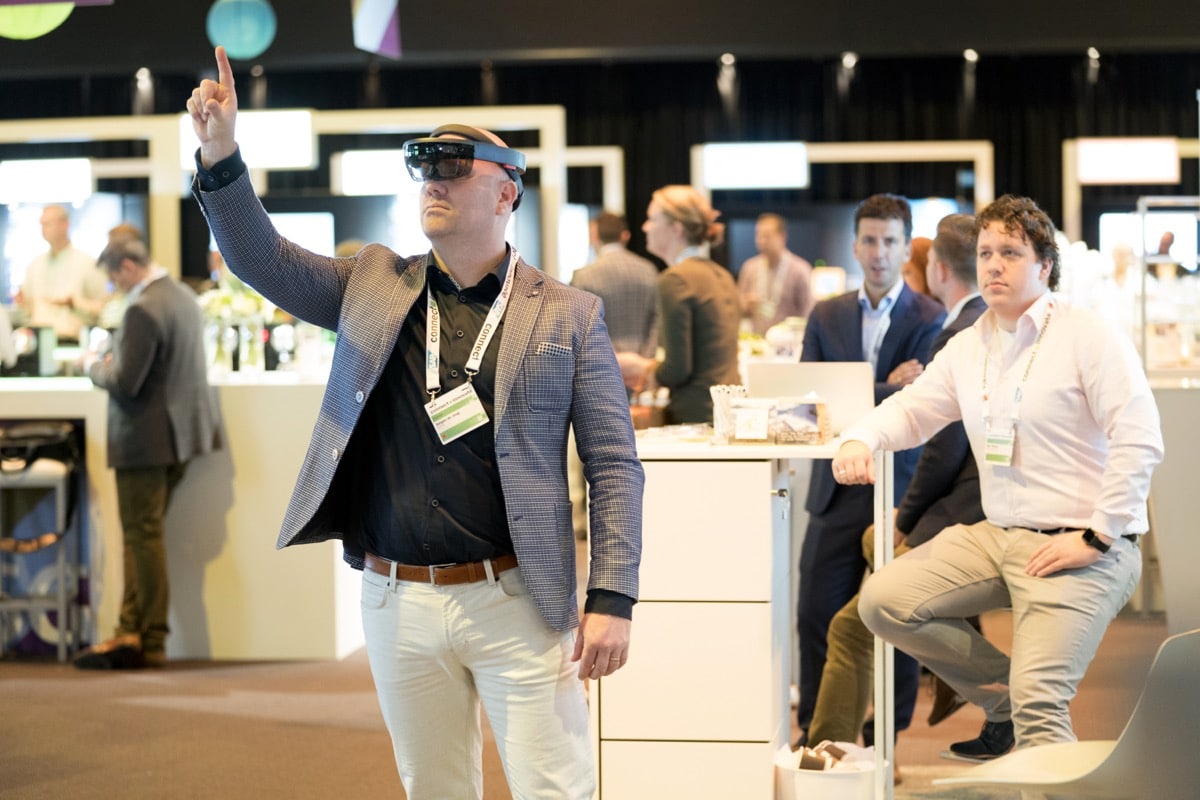
In late August 2017, I received a request from the market to pair our SAP Shopfloor solution with AR glasses with the question is AR “a valuable innovation or is it mostly a fancy gadget?
I immediately made an appointment with our partner TWNKLS, pioneer in AR and designer of the IKEA Place app, among others. I went into it pretty blank. Indeed, as a senior integration consultant, this was completely new territory for me. Of course, I did know AR and had read a lot about it. But to immediately develop an application for it is still quite exciting.
Is AR the new user interface in the workplace?
TWNKLS focuses on design, 3D modeling, animation, smart glasses and tablets as far as AR is concerned. And at Quinso, we feel completely at home in supply chain execution, supply chain planning and shopfloor control. How could we bring those disciplines together? The answer turned out to be simpler than I thought beforehand: just on the integration platform SAP Manufacturing Intelligence and Integration (SAP MII). Surely that felt pretty familiar to me – as a senior integration consultant.
With the integration platform SAP MII, we at Quinso give a face to the message exchanges between two systems. We often deploy it as a “light weight” MES system, giving an organization greater insight into the current status of orders and machines. This allows the plant manager to monitor his plant closely. And operators then often work with screens at a machine, on which they see – from SAP MII – exactly which orders need to be run and they can also report orders ready immediately.
Instead, the challenge was to work with TWNKLS to develop an AR application that would eliminate the need for the screen at the machine. An application that you control with gestures and that – no matter where you stand – puts a digital layer over your field of vision, on which you see exactly the information you want in that spot.
AR is not rocket science
Where to start? How do you create such a digital layer? And how do you ensure that operators can use (eye) gestures to communicate with SAP and with their machine? Well, I can tell you now from experience: it’s not that complicated. Basically, a gesture is no different than a mouse click on your screen. Because just as with a mouse click, you can also use a gesture to “trigger” an action that initiates an SAP transaction, and the integration platform then ensures that the information is sent to the ERP system in real time. You just have to match the right gesture to the right actions. But even that turned out to be no rocket science. In short, two weeks after I first showed up at TWNKLS, we had the AR application ready.
Mission accomplished
We presented the application last October, during the SAP/VNSG event connect to innovate. Visitors to our booth with glasses on were able to experience for themselves how it works; using gestures to start orders, report defects back, view order statistics and send error messages directly to the maintenance department. Operators, plant managers and mechanics therefore have real-time visibility into production line performance. Many visitors to the event were positively surprised by the AR capabilities on the shopfloor.
But now the question of questions: does it actually add anything compared to the “old-fashioned” screens or a PC? I have discovered a number of benefits, the most important of which I am now happy to share with you:
Benefit: location-based information
With a fixed screen, it is difficult to put a digital layer over your field of view. With a smartphone, tablet or glasses, you can. All you need for that is a portable screen with a camera, and of course the underlying technology. Suppose you point that camera at machine A, you see the machine on your screen with an additional layer over it that shows information about that particular machine and the orders turned. If you then point the device at machine B, the layer adjusts so that you see exactly the information that belongs to machine B. Moreover, you can not only view information, but also control the machines. Everything operators do then enters SAP ERP directly.
In short, with an AR application, you see the right information in the right place. You no longer have to walk up to a machine and activate the corresponding screen, or open a new program with your laptop. No, you can see all the information you want to see within seconds, all with just one pocket-sized device. It could hardly be more efficient.
I learned a lot from the AR journey of discovery. Among other things, that new technology like AR often seems much more exciting at first glance than it actually is. The secret to getting ahead is just getting started, to quote Mark Twain. And it really is.
